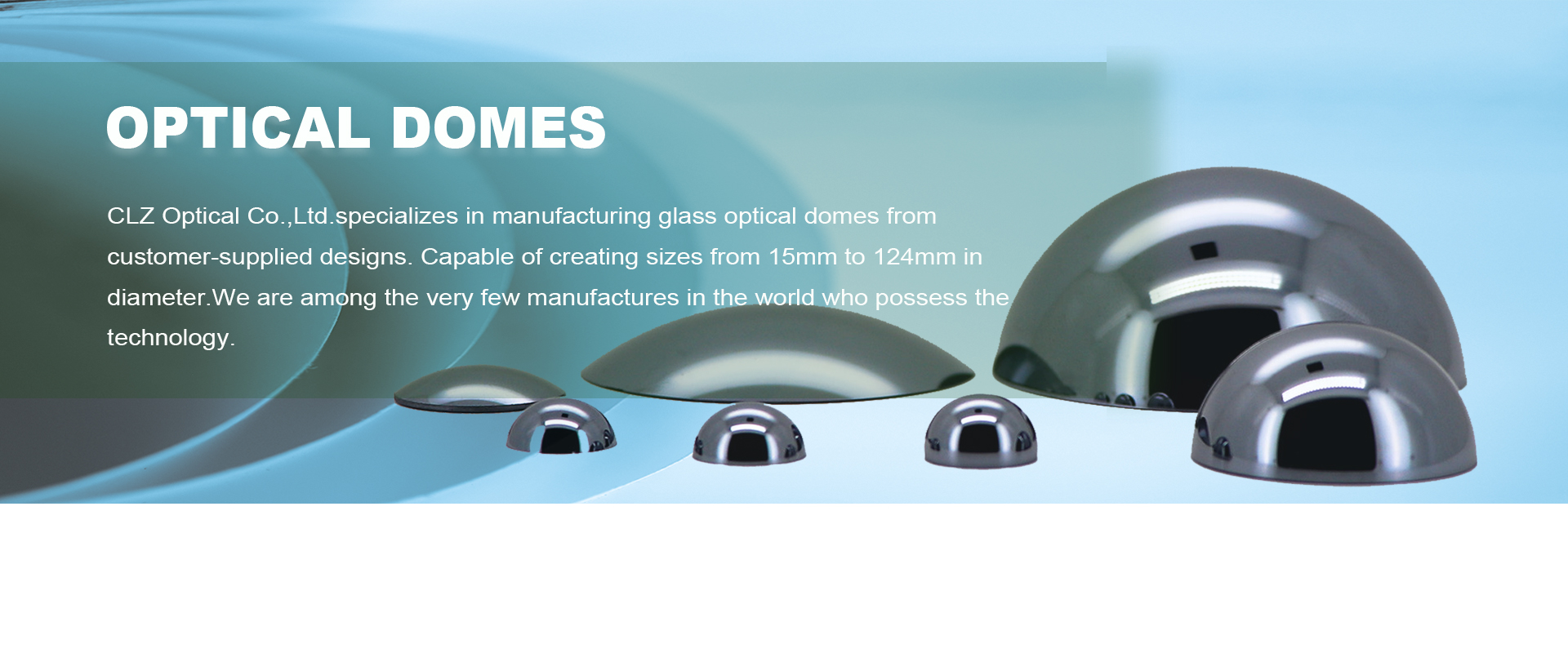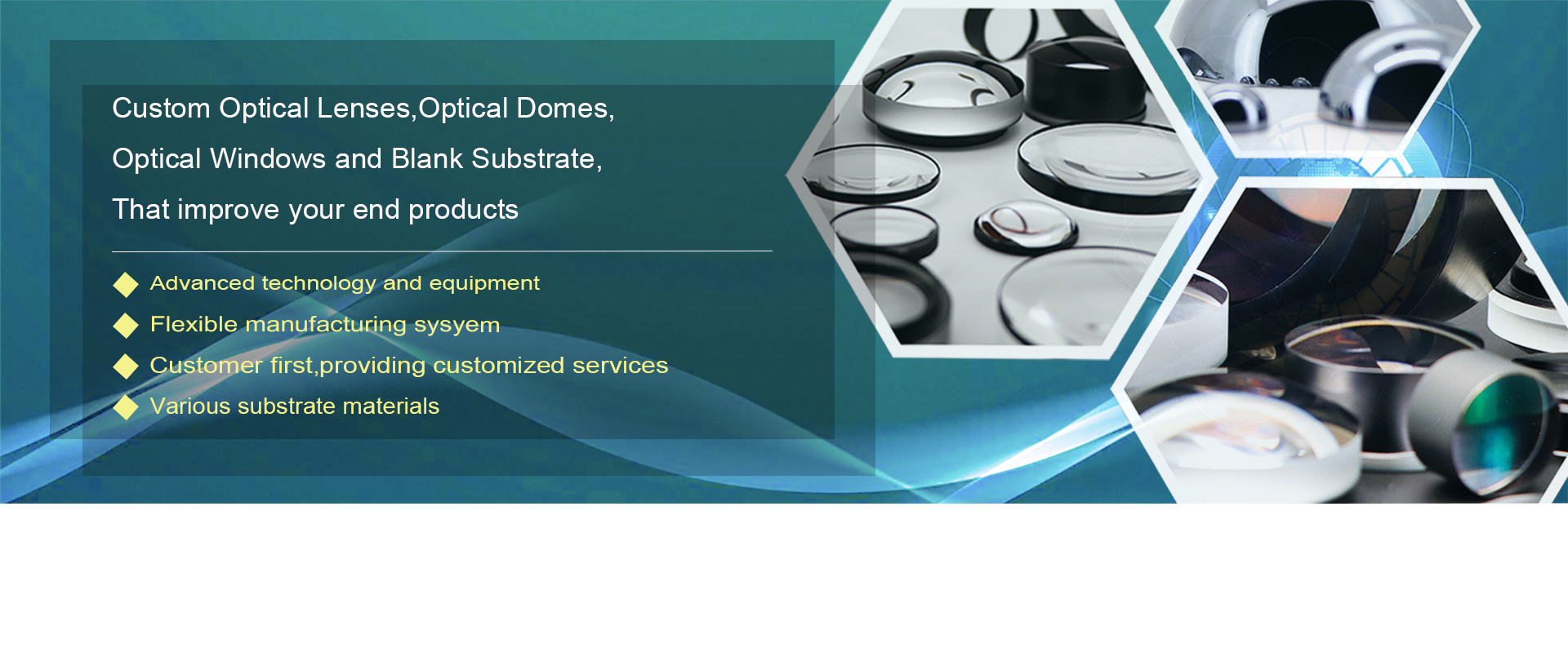Optical Products in Astronomical Survey
Apr. 14, 2021
Astronomy mainly studies the structure and development of space celestial bodies and the universe by observing the radiation emitted by celestial bodies to the earth. Due to the long distance between the celestial bodies and the earth, it is necessary to magnify and image with the help of optical elements in order to observe the structure, nature and operation of the celestial bodies.
Astronomical optics combines precision-machined lenses and mirrors to reduce image distortion and combines highly sensitive sensors to detect low light. Astronomical telescopes are commonly used tools for observing celestial bodies, and the main parts of their optical system are objective lenses and oculars. The objective lens is composed of a lens (double-convex lens and plano-convex lens) or a reflecting mirror, which plays the role of focusing the light beam. Space astronomical telescopes use ultraviolet hemispheres to achieve extinction. The available optical components of the observatory's laser ranging system are total reflection mirror, combined prism, interference filter and narrow band filter. The optical filter is used for distance measurement during the day and plays a role of spectral filtering.
Commonly used optical materials for astronomical optical instruments include quartz, magnesium fluoride and calcite. In order to achieve better optical performance, custom optical components could be coated with a single-layer magnesium fluoride antireflection coating, metal reflective coating, enhanced coating and dielectric reflective coating.


















